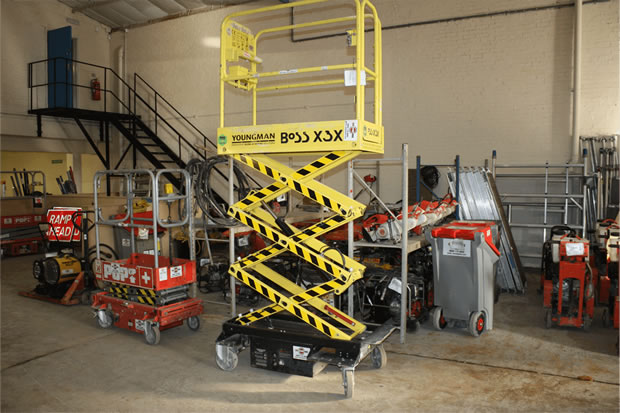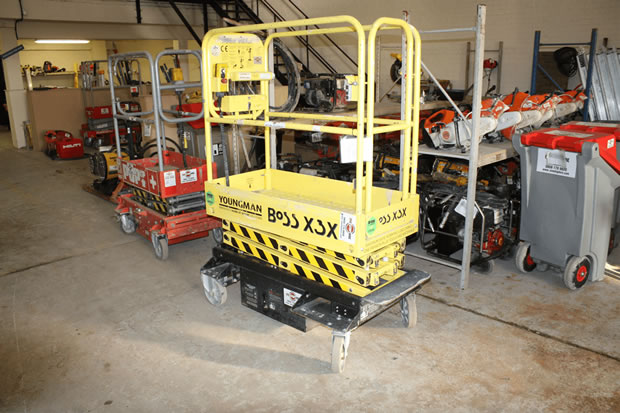With thousands of heavy packaged items stored together in one place, not to mention the issue of high heights, a warehouse can be a dangerous place. There are several hazards that may pose a threat to anyone visiting or working within the environment.
 Intelligent Scaffolding, a specialist scaffolding in Liverpool firm, have provided some of the key reasons why it’s important to consider safety when working in the warehouse industry. They have also explained what LOLER is and how the regulations may affect your business.
Intelligent Scaffolding, a specialist scaffolding in Liverpool firm, have provided some of the key reasons why it’s important to consider safety when working in the warehouse industry. They have also explained what LOLER is and how the regulations may affect your business.

Using Equipment Safely
The main purpose of a warehouse is for storing large collections of items. This could include stock inventory at a supermarket or delivery orders waiting to be shipped to consumers. For an effective warehouse operation, a large team is typically required for various tasks. Employees may be required to organise inventory, process shipments and clean up. With hundreds of items to store and process, time is of the essence and that’s why specialised equipment is required to help warehouse staff work at an effective and timely manner.
Improper use of equipment is a serious matter and may lead to devastating consequences such as serious injury or even fatality. For the employer, this may also lead to financial consequences should they be required to cover damages and pay compensation amounts. The first rule of using equipment in any workplace is to ensure that all employers have received sufficient training. If someone is not trained to the standards expected or lacks qualifications for using a certain equipment, then their work should not involve using the equipment.
In a warehouse there are typically more hazards than a standard working environment such as that of an office. The equipment used here is much more dangerous and advanced than a lot of other workplaces. One of the most common types of machinery you will find in this environment is a forklift. Forklifts are essential for transporting items from place to place, but they can also be dangerous if used incorrectly. Like any vehicle, they can seriously injure pedestrians if the operator fails to check their blind spots or struggles to manoeuvre safely. Forklift operators usually work in tight conditions and it can be disastrous for several reasons if they cause heavy loads to fall. Other types of equipment include conveyors for transporting goods and racking and shelving for storing goods. Ladders and other machinery are also often required for working at height. In some cases it may be necessary to implement improved safety measures such as safety netting.
What Is LOLER?
LOLER is an acronym for regulations set out by the UK government. The Lifting Operations & Equipment Regulations were created in 1998 to re-enforce safety requirements when operating equipment for heavy lifting. The regulations provides businesses with a legal obligation to ensure that equipment is used appropriately as part of the Health and Safety at Work etc. Act 1974. The regulations provide a thorough list of requirements regarding how heavy lifting equipment is used by an operator and the equipment’s ability to handle the job intended. The regulations apply to any equipment that may be used to lift goods or people at a workplace, such as lifts, cranes, slings and forklift trucks. LOLER was brought in to reduce the risk of injury at workplaces where heavy lifting equipment is used and falling foul of the regulations can lead to serious punishment.
LOLER inspections form a critical part of these regulations. Businesses are required to pass a frequent inspection which is carried out by a competent person. LOLER inspections are usually performed every 6 months at minimum although certain types of equipment may be 12 months. The inspection is a thorough examination of the equipment to ensure it meets the regulation requirements. It also establishes whether correct procedures are in place regarding how the equipment is used including whether the operator is trained and qualified for the position. Ultimately, LOLER is a necessary legal obligation for ensuring that everyone within the warehouse environment is kept safe at all times.




Comments are closed.